Joint pilot program encourages railroaders to confidentially report safety concerns
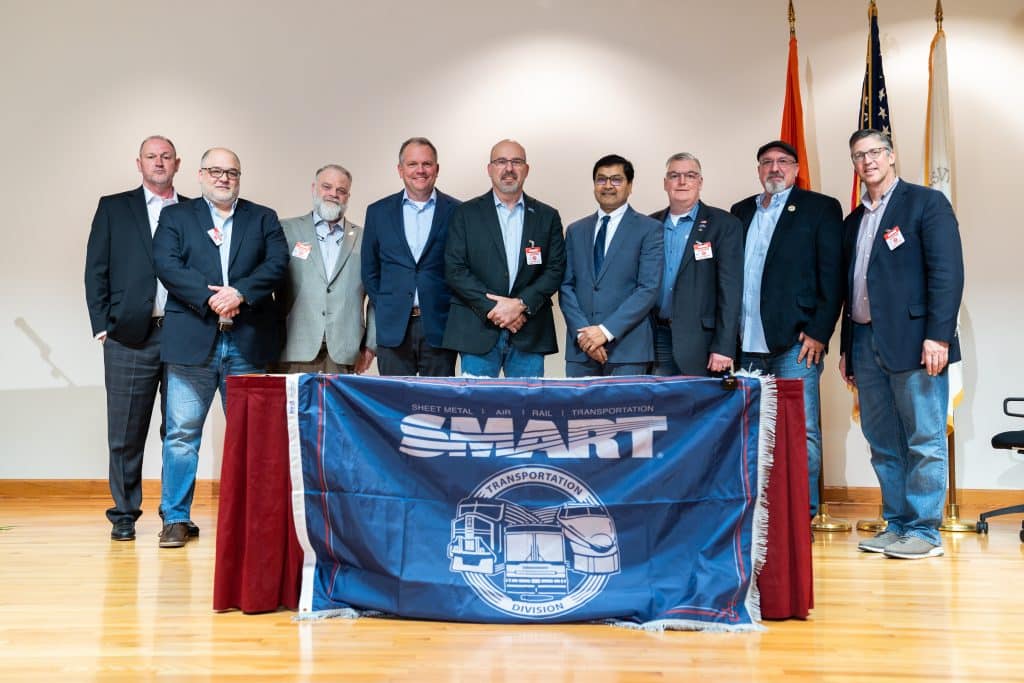
ATLANTA (February 15, 2024) – Norfolk Southern Corporation (NYSE: NSC), the International Association of Sheet Metal, Air, Rail and Transportation Workers – Transportation Division (SMART-TD) and the Brotherhood of Locomotive Engineers and Trainmen (BLET) along with the Federal Railroad Administration (FRA), signed an agreement Thursday to participate in the FRA’s Confidential Close Call Reporting System (C3RS).
The signing ceremony was held at the Atlanta offices of the U.S. Department of Transportation. With attendees from Norfolk Southern, the unions and FRA leadership, the ceremony officially kicked off the one-year partnership.
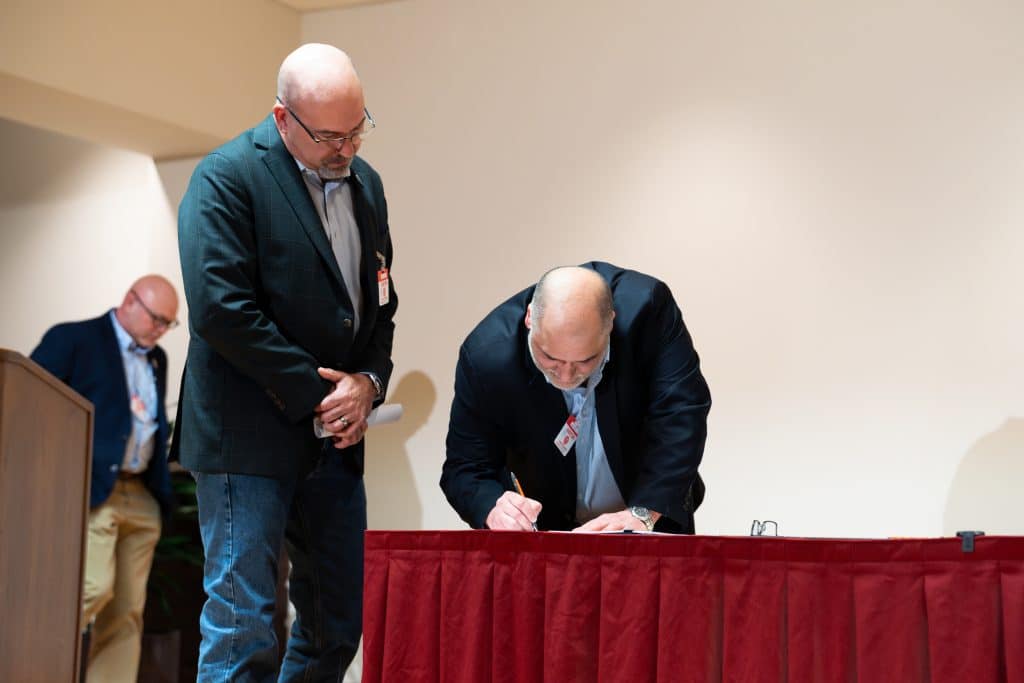
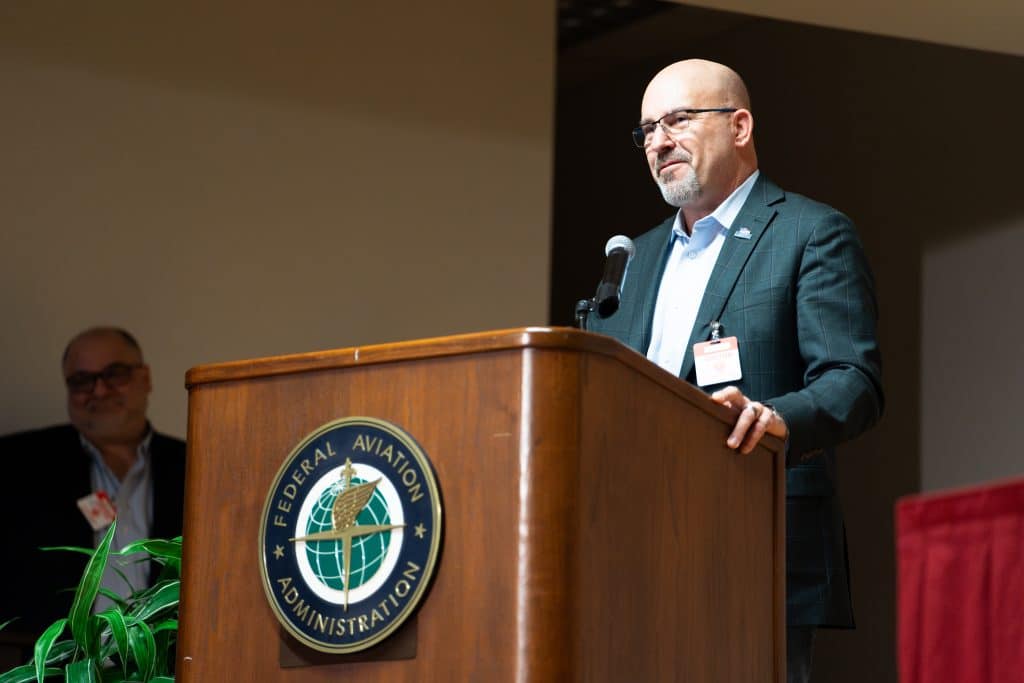
Norfolk Southern is the only Class I railroad participant in the program, which the company committed to in 2023. As part of the C3RS pilot program, covered Norfolk Southern employees can report safety concerns confidentially.
Railroaders at the company’s Atlanta; Elkhart, Indiana; and Roanoke, Virginia locations will participate in the pilot. Reports will be reviewed by a joint committee composed of Norfolk Southern and labor representatives, who will identify and implement safety improvements with the FRA’s guidance.
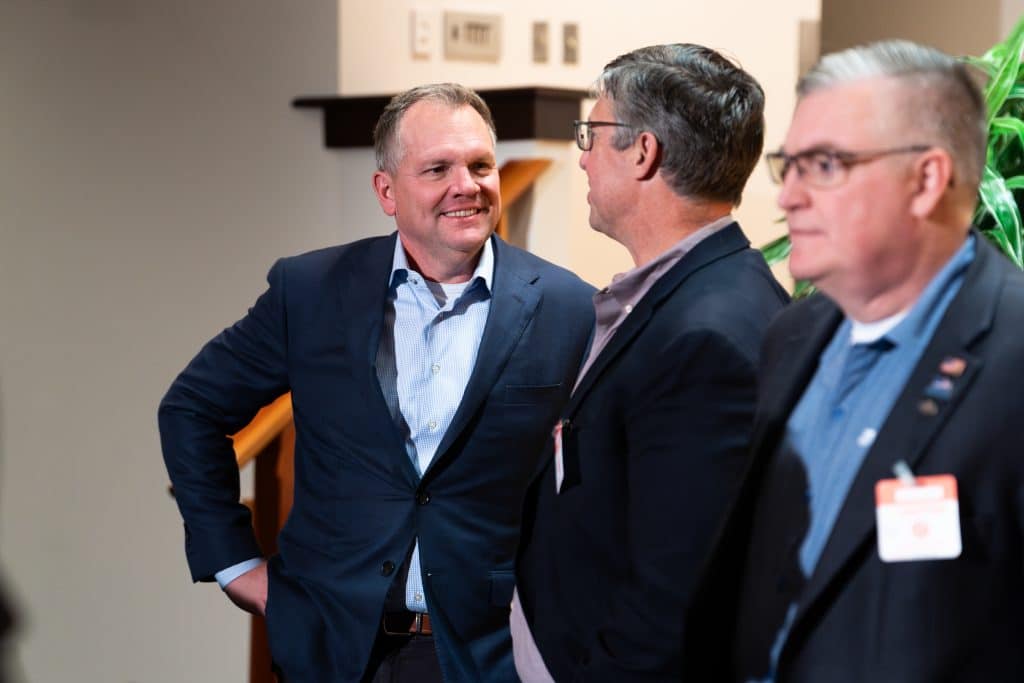
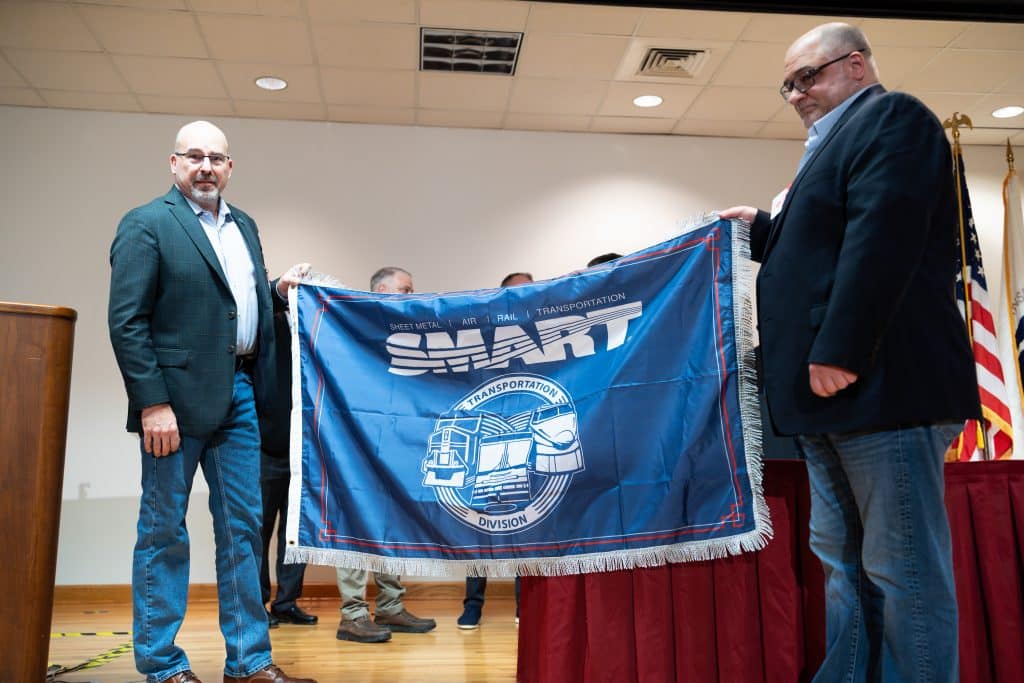
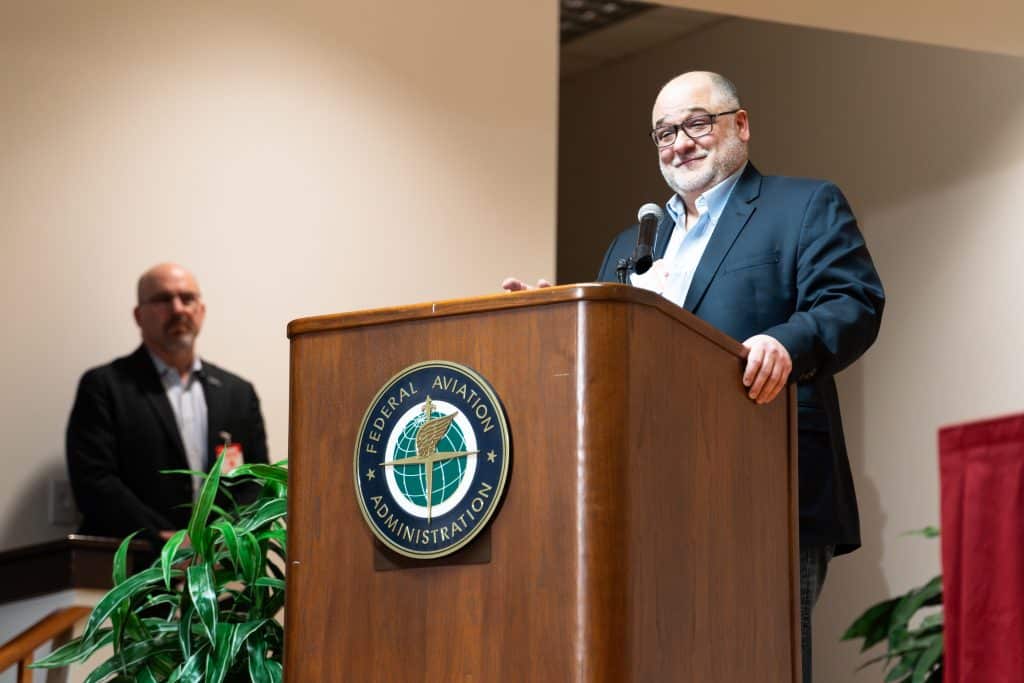
About Norfolk Southern
Since 1827, Norfolk Southern Corporation (NYSE: NSC) and its predecessor companies have safely moved the goods and materials that drive the U.S. economy.
Today, it operates a customer-centric and operations-driven freight transportation network. Committed to furthering sustainability, Norfolk Southern helps its customers avoid approximately 15 million tons of yearly carbon emissions by shipping via rail. Its dedicated team members deliver more than 7 million carloads annually, from agriculture to consumer goods, and Norfolk Southern originates more automotive traffic than any
other Class I Railroad. Norfolk Southern also has the most extensive intermodal network in the eastern U.S. It serves a majority of the country’s population and manufacturing base, with connections to every major container port on the Atlantic coast as well as to major ports in the Gulf of Mexico and Great Lakes. Learn more by visiting www.NorfolkSouthern.com.
Media Inquiries: media.relations@nscorp.com
About SMART Transportation Division
SMART Transportation Division is comprised of approximately 125,000 active and retired members who work in a variety of different crafts in the transportation industry. These crafts include employees on every Class I railroad, Amtrak, many shortline railroads, bus and mass transit employees and airport personnel. Media contact: news_TD@smart-union.org
About BLET
The Brotherhood of Locomotive Engineers and Trainmen represents nearly 51,500 professional locomotive engineers and trainmen throughout the United States employed in both freight and passenger rail. Founded in 1863, BLET is the oldest union in the United States. The BLET also is the founding member of the Rail Conference, International Brotherhood of Teamsters.
 The
The 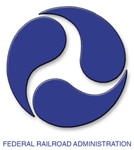 It’s confidential and no-fault.
It’s confidential and no-fault.